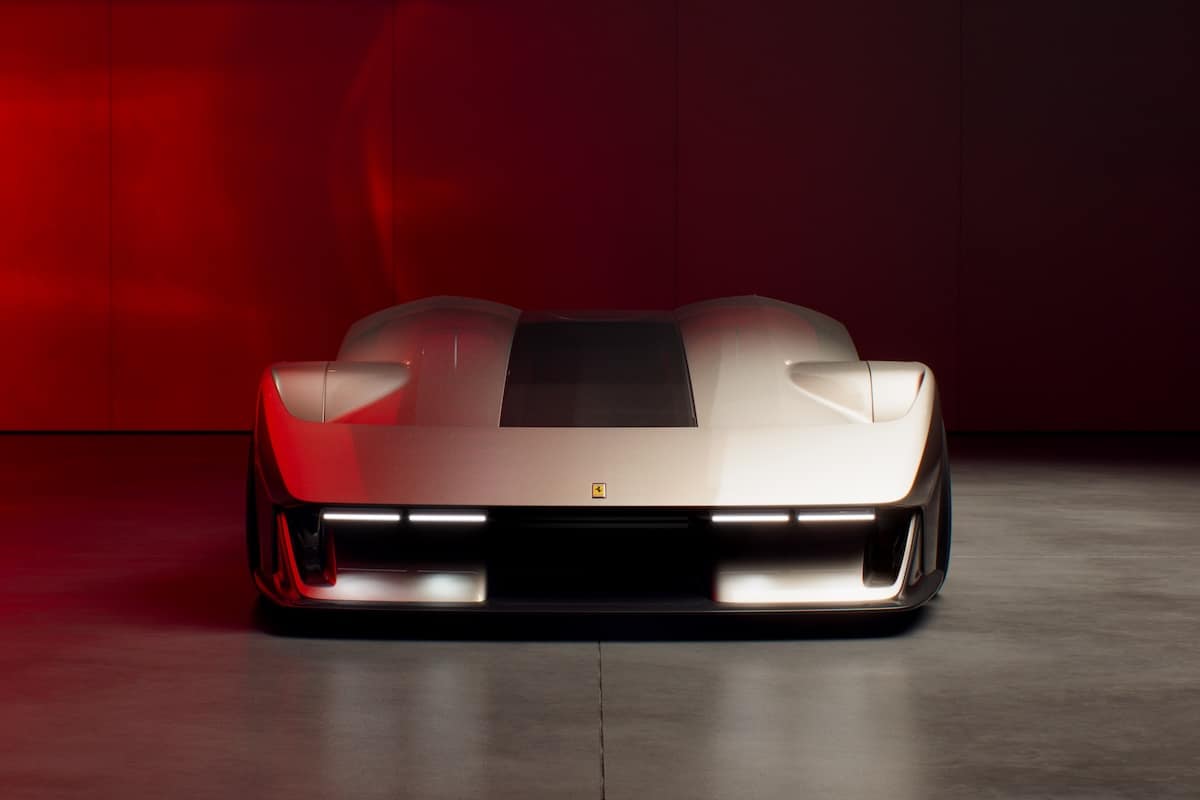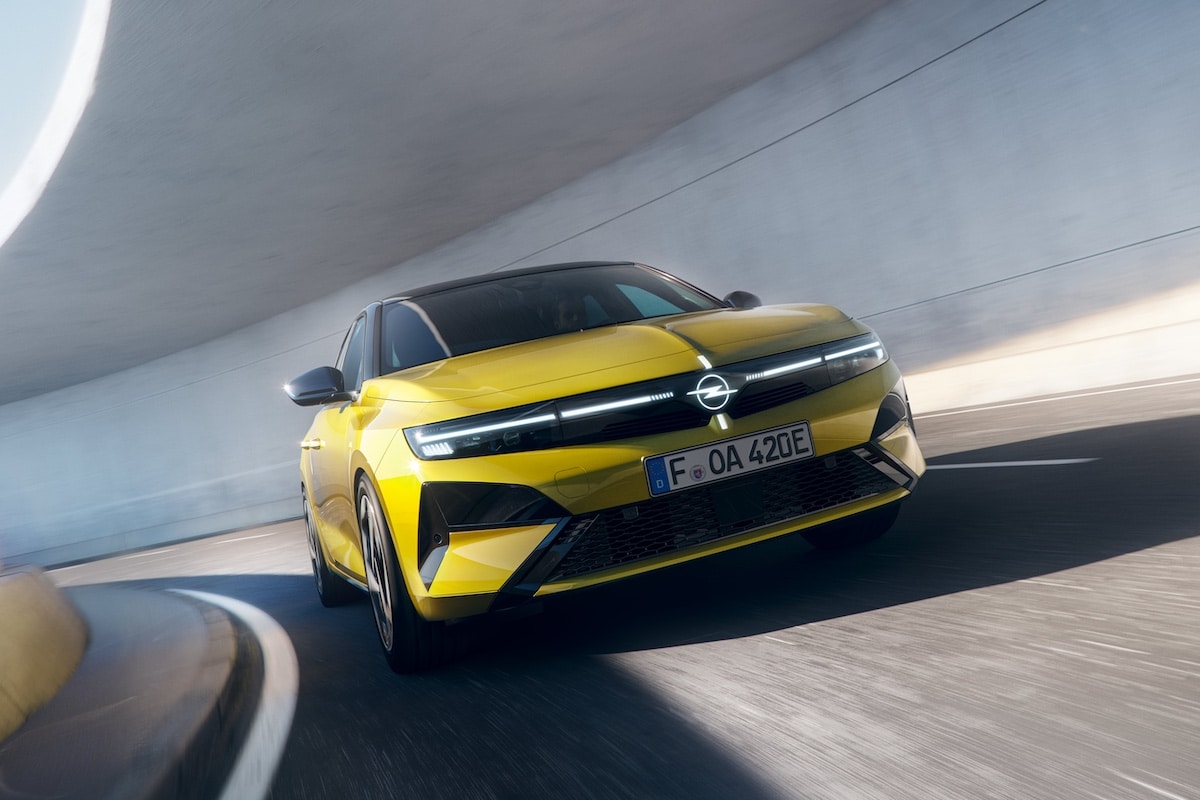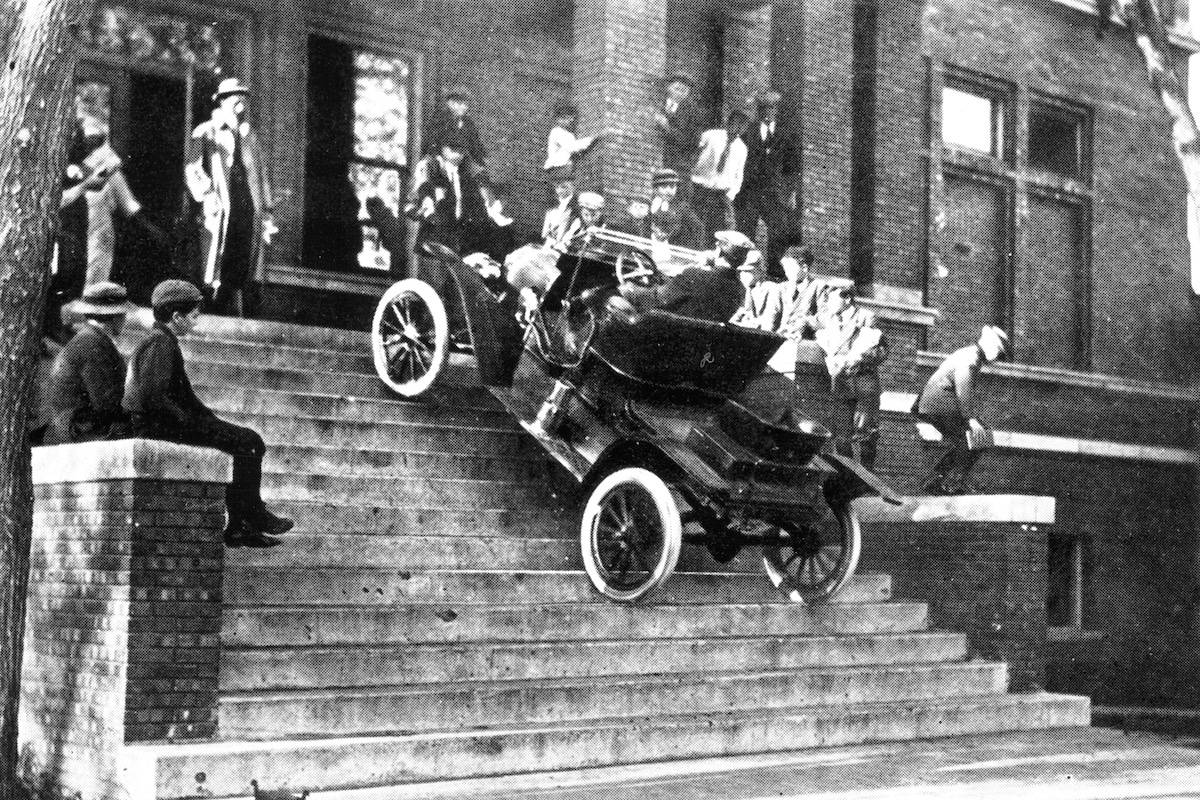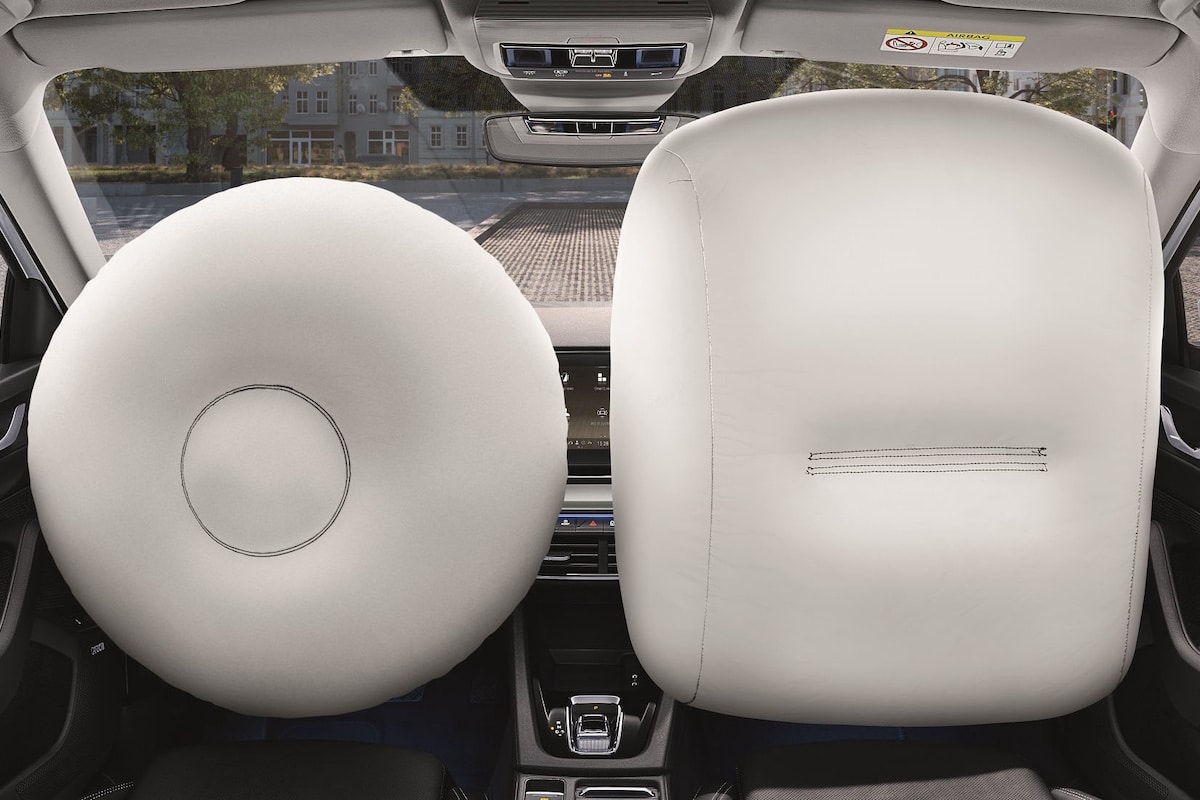Ferrari F76 NFT, or When Passion Becomes Virtual and Absurd

A few days after a huge setback on the stock exchange with the reveal of its first electric car, Ferrari takes the risk of NFTs.
Ferrari has always known how to combine tradition and innovation. But this time, the Maranello brand crosses an unprecedented boundary: that of the virtual. By unveiling the F76, its first hypercar designed exclusively for the digital world, Ferrari no longer sells cars but NFTs. In other words, digital collectible objects, certified and unique. A bold, even confusing, turn for a manufacturer whose aura has relied since 1947 on real sound, material, and speed.
The name F76 was not chosen at random. It references the 76 years that separate this digital creation from Ferrari’s very first success at the 24 Hours of Le Mans, won in 1949 by Luigi Chinetti and Lord Selsdon on a 166 MM. The intention is clear: to anchor innovation in the collective memory of the prancing horse.

But the F76 will never hit the track, nor even the road. It exists only in pixels, within an NFT universe reserved for Hyperclub program members. The lucky members of this exclusive circle will be able to customize their virtual car through successive « drops », then collect or display it in the metaverse. Welcome to the mad house?
You might be interestedin this article:
A design manifesto… without an engine
Created by the Ferrari Style Center led by Flavio Manzoni, the F76 presents itself as a « design manifesto » intended to inspire Ferrari’s future models. Its twin-fuselage architecture, fluid volumes, and suspended spoilers demonstrate a focused aesthetic and aerodynamic research… on computer.
The brand highlights the use of generative design, i.e., forms calculated by algorithms, merging engineering, biomimicry, and digital art. This approach appeals to technology enthusiasts but also questions the boundary between artistic creation and marketing experience. Because behind the conceptual ambition, the F76 remains a virtual product: a work to be admired on a digital screen, not driven.

A Ferrari without growl
Where the 499P triumphs on Le Mans with hybrid engines, the F76 is on the opposite end of the emotional spectrum. No V12 engine, no smell of fuel, no vibrations in the bucket seat—only an image, even if it’s stunning. Ferrari seems here to sell an idea more than an object.
Some will see it as a conscious modernity, an adaptation to the digital luxury world where NFTs have become symbols of rarity. Others will interpret it as a form of disembodiment: Ferrari, a temple of tangible mechanical passion, transforming into a virtual luxury brand, risking diluting its DNA.
However, it would be too simplistic to dismiss this initiative outright. The universe of video games, metaverse, and digital collectibles attracts a new generation of enthusiasts, more connected than motorized. By creating the F76, Ferrari is not seeking to replace the physical car but to expand its emotional territory. But did it really need to?

The Porsche precedent and the pitfalls of the NFT market
If Ferrari enters the world of NFTs with the F76, it is not the first luxury brand to venture into the digital realm. Recent examples warrant caution.
In 2023, Porsche launched a series of 7,500 NFTs inspired by the 911, sold for about $1,500 each. The operation was a resounding failure: early termination of sales, virulent criticisms from the community, and almost nonexistent resale. Collectors deemed the project too disconnected from the spirit of the brand, with no tangible value or real utility.
Porsche is not an isolated case. Lamborghini, with its « Space Time Memory » project, and Nike with its virtual sneakers Cryptokicks, experienced the same fate: initial enthusiasm followed by plunging transactions. Even the famous Bored Ape Yacht Club, symbols of the 2021 NFT craze, lost up to 95% of their value.

Behind these disillusionments lies a constant: the value of an NFT does not rely on its technical rarity but on the emotional and community attachment it evokes. Without a tangible experience or benefit for the owner, the virtual object quickly becomes just an uninteresting file.
In this context, Ferrari’s gamble with the F76 NFT is risky. Certainly, the brand benefits from extraordinary prestige and a loyal clientele, but it will need to prove that this digital hypercar is not just a speculative gadget. The Maranello NFT could sell for between $20,000 and $100,000, but its future value will depend mainly on what Ferrari does with it: integration into the Hyperclub program, exclusivities, privileged access… or simple digital curiosity quickly forgotten.
READ ALSO: Cadillac breaks a taboo: watching a movie while driving will be possible
This page is translated from the original post "Ferrari F76 NFT, ou quand la passion devient virtuelle et absurde" in French.
We also suggestthese articles:
Also read





